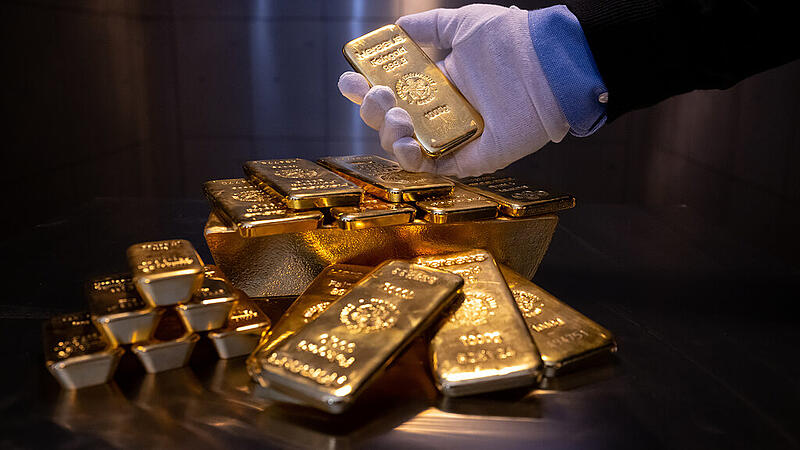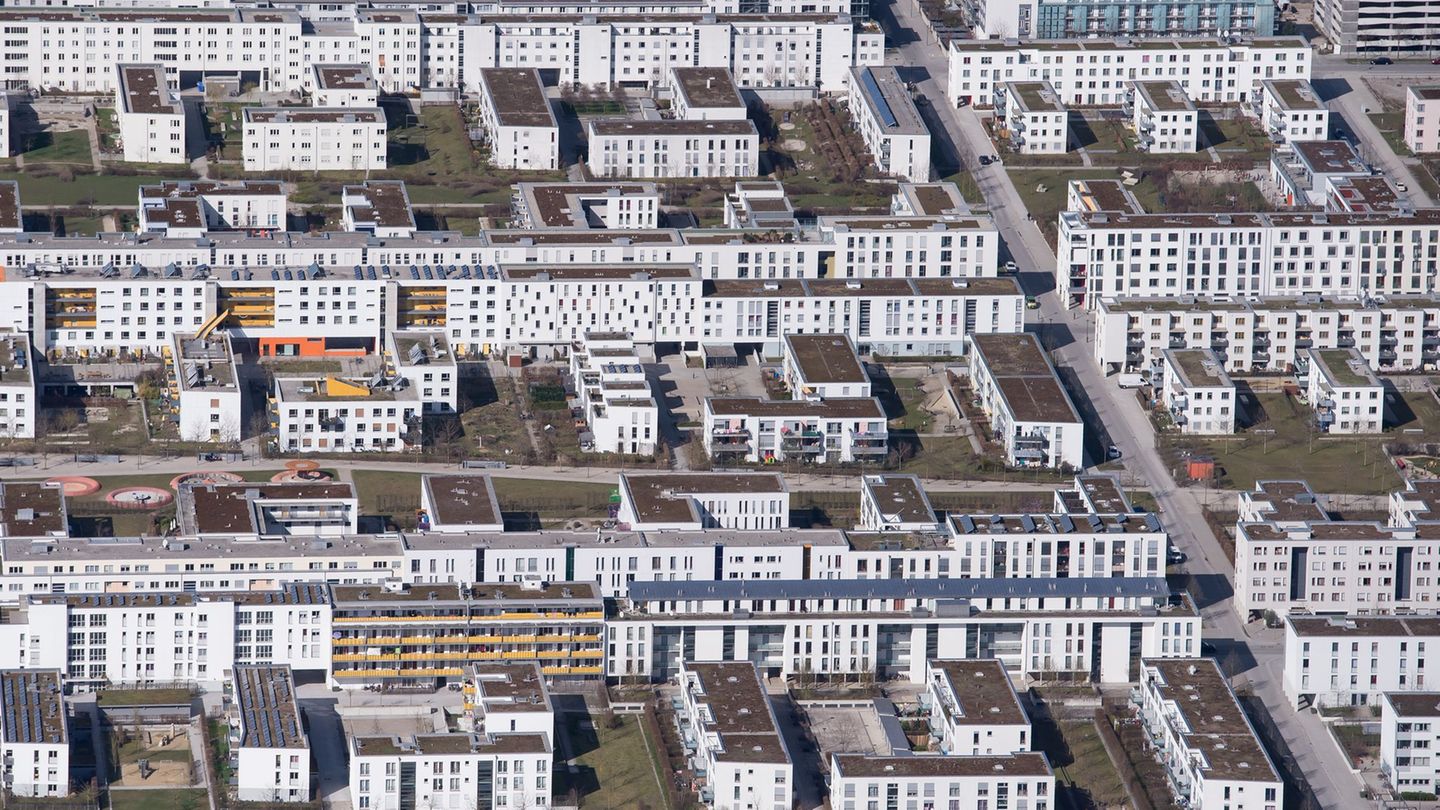Image: (APA/DPA/SVEN HOPPE)
“But the best is still ahead of us,” says gold expert Ronald Stöferle, known for his precious metals and raw materials analyses. “I believe we will see a continuation of this record run next year.”
Despite the falling inflation rates and despite the sharp rise in interest rates, gold has held up surprisingly well in recent months, said Stöferle in an interview with the APA. A key reason for this is the extremely strong demand for gold from central banks. “Last year we saw an all-time high in central bank demand of 1,100 tons. This year it looks like we could even exceed that.” The central banks of the emerging countries in particular are buying gold on a massive scale, especially China, but Singapore, Poland and Russia have also recently bought gold.
“$2,300, that would be the next bigger goal”
Stöferle believes that there is much to suggest that the price of gold will continue to rise in the near future. “$2,300 would be the next bigger goal. But I can well imagine that we’ll go towards $2,700 over the next year or two.” This could be suggested by the fact that with the all-time high in dollar terms, investor demand for gold is also increasing – i.e. demand from ETFs (exchange-traded funds), but also demand for gold coins and bars. Real interest rates on savings accounts, for example, have recently had a dampening effect on gold demand. A key driving factor now is the expected interest rate turnaround. “I think gold almost smells that interest rates are falling.”
After three weak years, investors could now achieve attractive returns on the bond market, said Stöferle, describing the environment for investors. On the stock markets, the big technology companies dwarfed everything, while the broad stock market in the USA went more or less sideways. “What is starting to crumble more and more globally, not just in Austria, is concrete gold, i.e. real estate.” This is a factor that could also strengthen demand for gold.
Emerging markets are responsible for the majority of demand
The price of gold is no longer dictated by the Western world. “It is clearly the emerging markets that are now responsible for a large part of the demand.” China and India would now account for more than 50 percent of demand. “The price of gold is increasingly dictated by Shanghai, Mumbai and Dubai.”
The importance of short-term geopolitical developments should not be overestimated, says Stöferle. War usually means inflation, lower interest rates and more debt, but it is not the main price driver for gold. “The motivation to buy gold should not be to speculate on wars.”
The cryptocurrency Bitcoin is often referred to as “digital gold”, the price of which has risen two and a half times since the beginning of the year. “We are one of the few who promote both gold and Bitcoin,” says Stöferle, referring to his investment and asset management company Incrementum AG, based in Liechtenstein. “We combine gold and Bitcoin in two of our funds – 75 percent gold and 25 percent Bitcoin,” explained Stöferle. This combination makes sense because of the low correlation between the two assets.
Bitcoin and gold have similar properties
Bitcoin and gold have similar properties. “The key point is the stock-to-flow ratio – high inventory versus low annual inflation.” Currently, the annual inflation of gold and Bitcoin is about the same at 1.5 or 1.6 percent, but next year Bitcoin’s inflation rate will fall due to the “halving”, and Bitcoin will then be even harder than gold.
The term “halving” refers to the process in which the reward for mining a Bitcoin block is halved approximately every four years. It is a core component of Bitcoin’s underlying algorithm and is intended to keep inflation low. When Bitcoin launched in 2009, the reward for mining a block was 50 Bitcoins, but at the third halving in May 2020 the reward was reduced to 6.25 Bitcoins.
The halving is likely to be a key driver for the Bitcoin price, as is the approval of Bitcoin ETFs, which is expected at the beginning of January – investors could then buy and sell shares in such ETFs, similar to how they trade stocks. The ETFs would track the price movements of Bitcoin without investors having to buy Bitcoin directly and worry about storing it safely. “Then Bitcoin will suddenly be made available to a completely new and very, very large investor base.” ETFs from large fund management companies such as Blackrock or Fidelity increase the potential many times over. “I can very well imagine that we will be heading towards new all-time highs for Bitcoin over the next year and a half.”
more from economics




